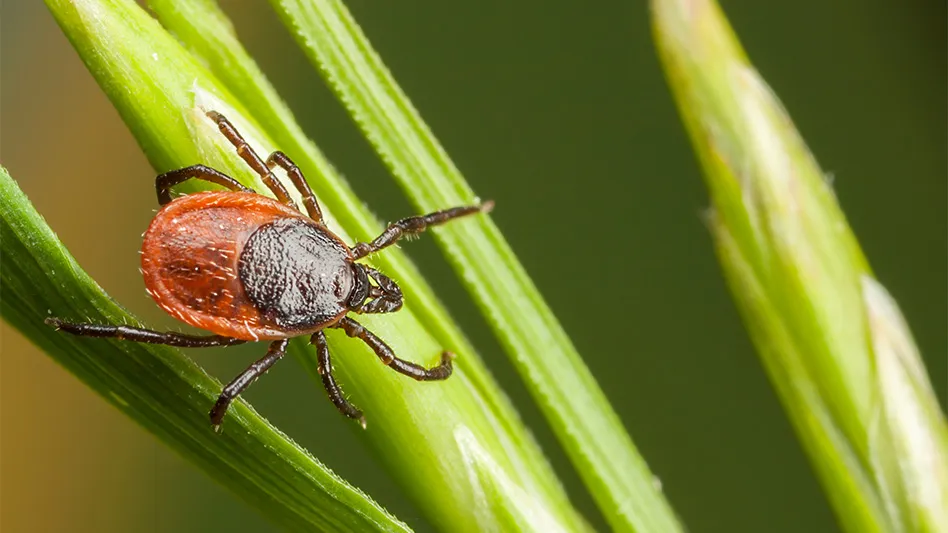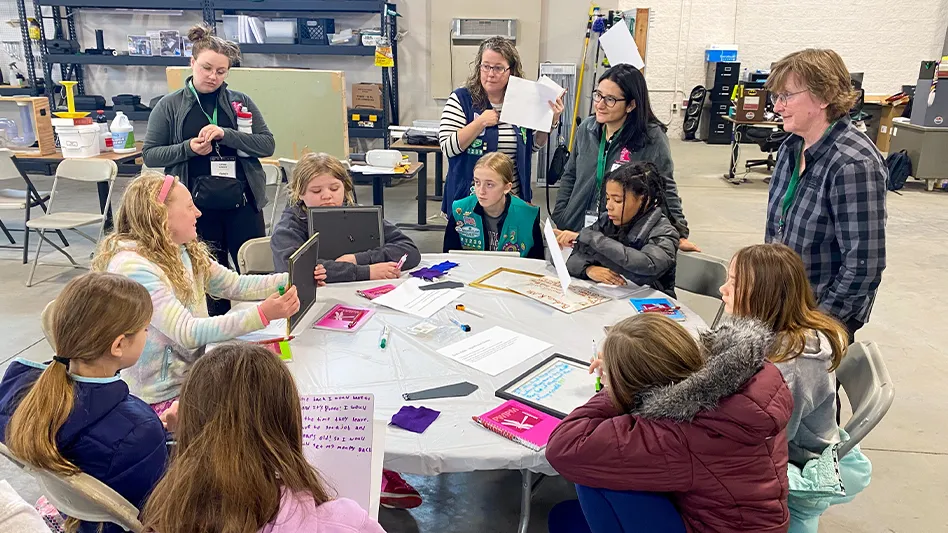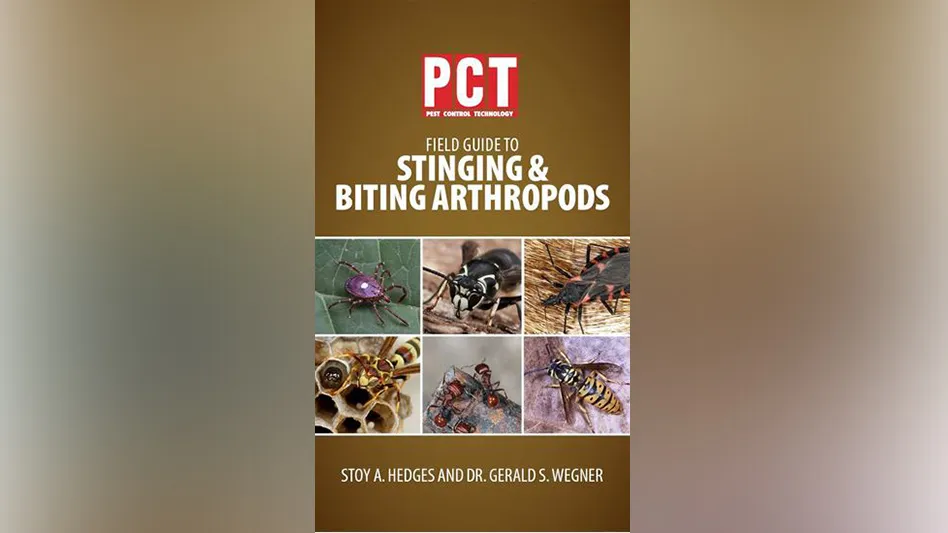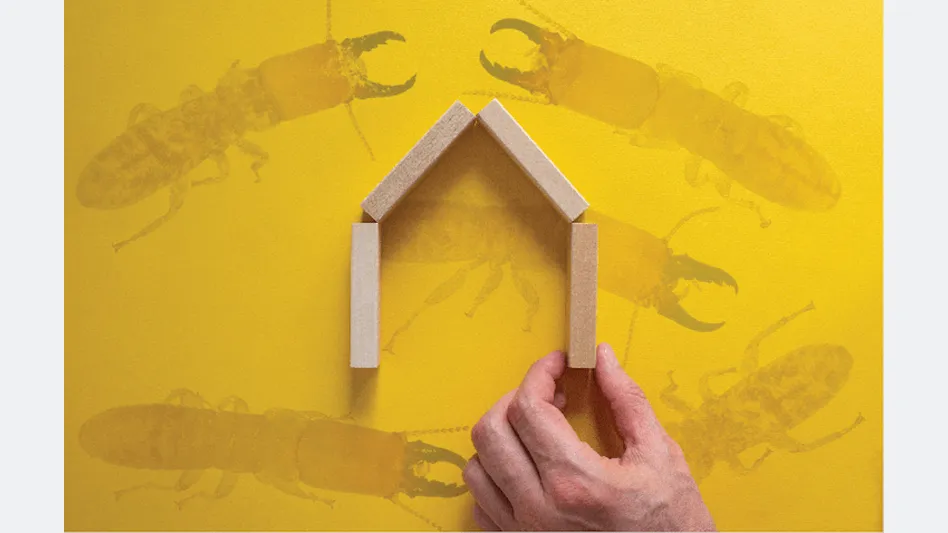
© Dzmitry Dzemidovich | iSto
Certain homes with unusual elements of construction are especially susceptible to infestation by wood-destroying pests and are often difficult to inspect. Some “built-by-owner” homes can be a challenge with hidden areas where pests can enter and infest. Don’t assume that these homes are up to code. You can expect almost anything in a built-by-owner home as the following partial list shows. It’s your job to look for variations from the norm.
Form boards left in place — Untreated wood form boards might be left in place around the poured slab. These form boards provide direct access for termites into the walls and floors of the structure. If the slab is not covered, you may be able to see the boards.
Voids under ground floor with no access — Occasionally you will find an area similar to a dirt floor crawlspace under a wooden floor of a house but without any access. You will need to be observant enough to identify that this space exists and then list it as inaccessible on the inspection report.
Unsupported load-bearing walls —Generally, load-bearing walls rest on top of the foundation to transfer the weight of upper floors to the ground. Untrained builders may install a load-bearing wall on a slab without foundation support below. This can lead to a cracked slab (or worse). A cracked slab can provide direct access for subterranean termites.
Concrete overpours — Amateur home construction may include a slab overpour where a slab is poured over existing elements of construction, often to create a new slab floor at a different level from another slab. When you inspect this home you will have no idea that there may be sealed spaces, wood and other elements that may support wood-infesting pests under the slab.
Inadequate slabs — Nonprofessionals may not prepare correctly before pouring slabs. This can result in slabs of varying thickness. They may not adequately reinforce the slab with wire or rods. If they mix the pour themselves (for small slabs), they may not get the proper mix for the conditions. Mistakes like these leave the slab liable to crack when subject to stress.
Wood sleepers embedded in slab — Amateurs often embed wood sleepers in the slab where they plan to install a wooden floor or to build up flooring to provide space to run pipes and wires under the floor. Embedded sleepers can provide termites hidden and easy access through cracks in the slab (partially embedded) or directly from the soil below (completely embedded).
Direct wood-to-soil contact — Common examples: grade stakes left in place through concreate slabs, joist supports in crawlspaces, wood siding extended below ground and vertical wood beams running through a slab from the soil below to support floor joists above.
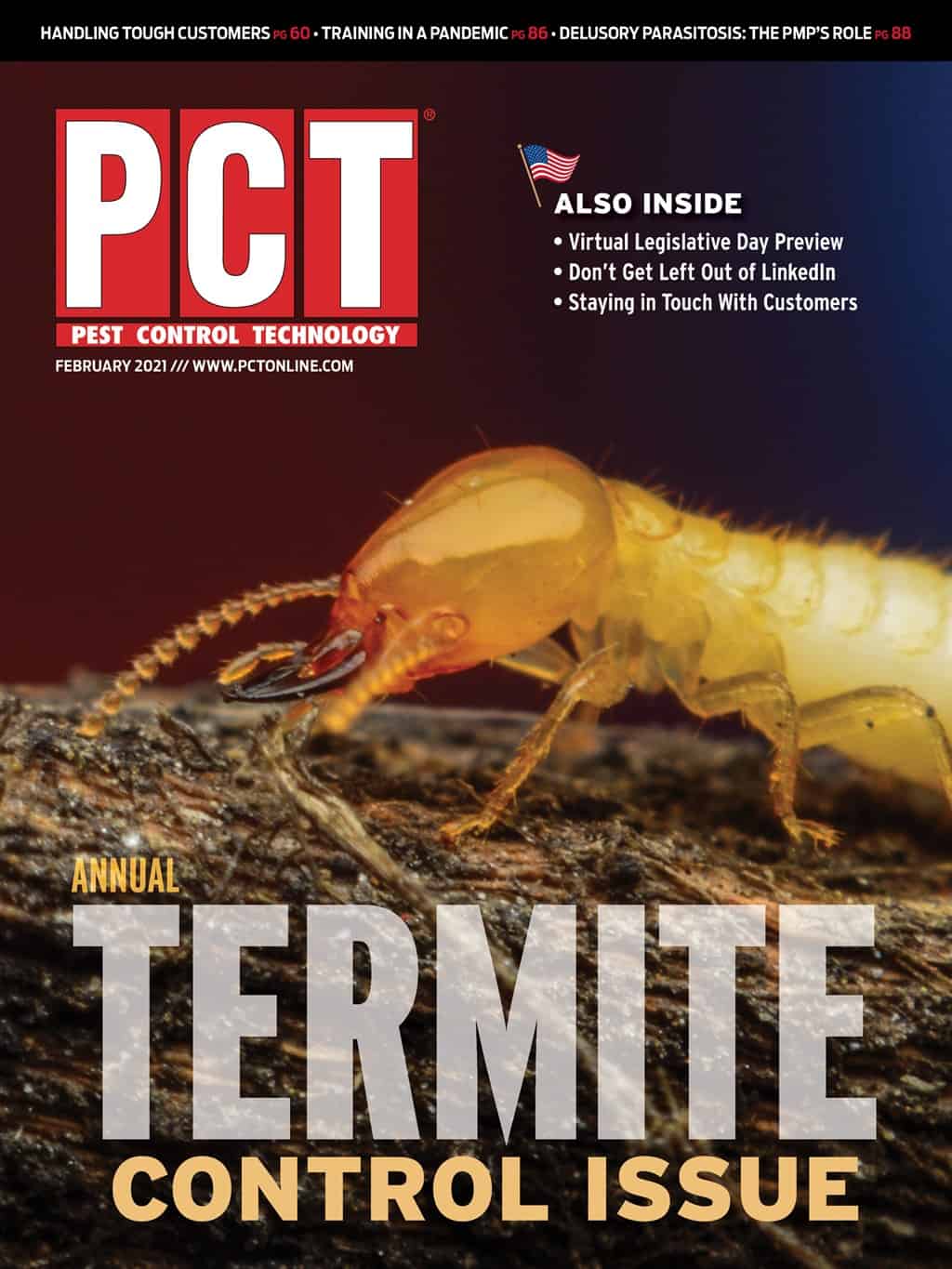
Explore the February 2021 Issue
Check out more from this issue and find you next story to read.
Latest from Pest Control Technology
- Viking Pest Control Organizes a Charity Bike Build for Local Families
- Gaining Control of Structure-Infesting Carpenter Ants
- Big Blue Bug’s Brian Goldman Receives Rhode Island Small Business Person of the Year Award
- UF Researchers Examine How Much Bait it Takes to Eliminate a Subterranean Termite Colony
- Women in Pest Control Group Continues to Grow, Provide Opportunities in the Industry
- NPMA Announces Results of 2024-2025 Board of Directors Election
- Massey Services Acquires Orange Environmental Services
- Hawx Pest Control Wins Bronze Stevie Award for Sustainability
